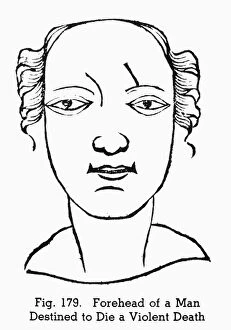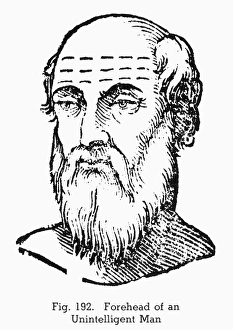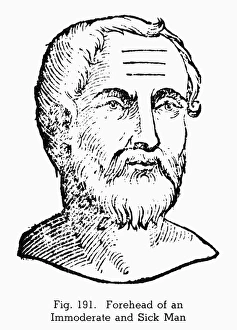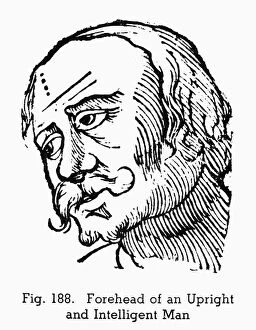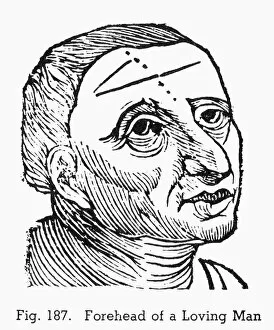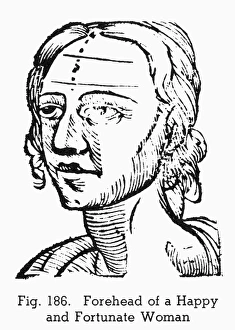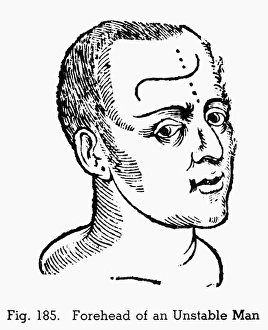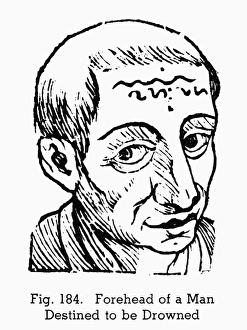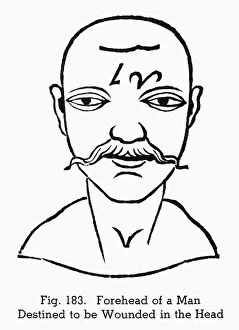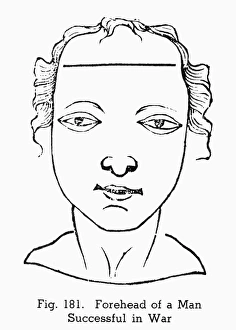Metoposcopia Collection
"Decoding Destiny: The Fascinating World of Metoposcopia" Step into the intriguing realm of metoposcopia
All Professionally Made to Order for Quick Shipping
"Decoding Destiny: The Fascinating World of Metoposcopia" Step into the intriguing realm of metoposcopia, a centuries-old practice that delves into the art of physiognomy. Dating back to 17th-century woodcuts, this captivating study examines the forehead as a window to one's fate and character. In 1658, an ominous woodcut reveals the forehead of a man destined for a violent death. Its lines and contours foretell an unfortunate end, shrouded in tragedy. Contrastingly, another depiction from the same year showcases the serene brow of a peaceful and successful man—a testament to his harmonious journey through life. Traveling back to 1637, we encounter an unintelligent man whose forehead betrays his lack of mental acuity. Similarly, an immoderate and sickly individual is revealed by their troubled brow—an unmistakable signpost on their path towards self-destruction. Fast forward to 1648 where we witness contrasting destinies etched upon foreheads. An upright and intelligent man's features exude wisdom while reflecting his moral compass. In stark contrast lies another carving depicting a loving man—his benevolence radiates through every line etched upon his noble visage. The gender divide becomes apparent as we explore female foreheads from 1648 onwards. A happy and fortunate woman boasts a forehead adorned with promise—a symbol of her contented existence amidst life's trials. Conversely, instability marks another woman's brow—an indication that her journey may be fraught with uncertainty. It also unravels fateful outcomes lurking within these enigmatic markings; in 1648, it unveils the tragic destiny awaiting those who are destined to drown or suffer head wounds in battle—their lives forever altered by cruel twists of fate. Philippus Phinellas' Metoposcopia offers us glimpses into this intricate world where facial features become a roadmap to one's future.

